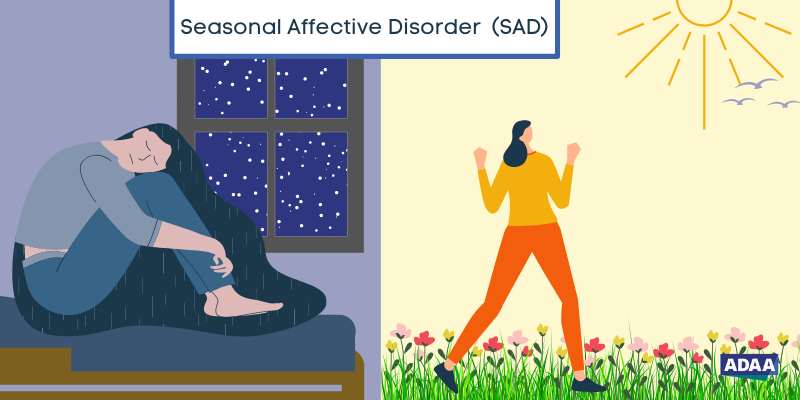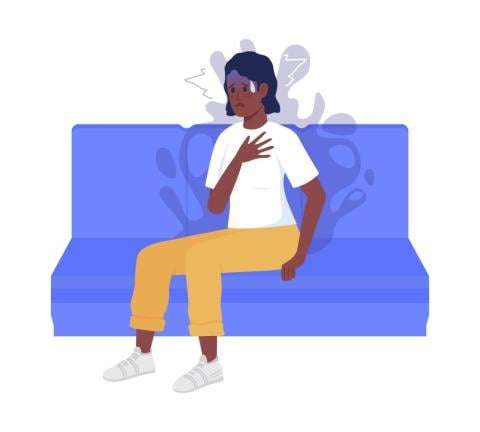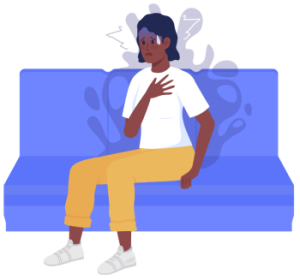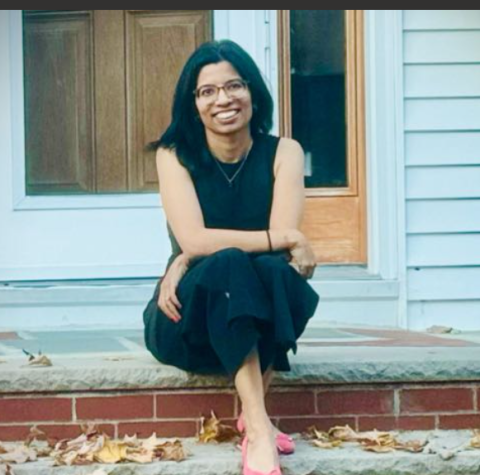
What is SAD?
Seasonal affective disorder (SAD) is a type of depression that's related to a lack of sunlight or changes in seasons. Have you ever heard of the 'winter blues'? SAD is very similar to the winter blues but with increased symptoms. People with SAD suffer the symptoms of a Major Depressive Disorder during a specific time of year, usually winter. If you are struggling with SAD, your symptoms may start to show in the fall and will last throughout the winter months because of the shorter, darker days and the lower temperatures. During this time, you might notice you have little to no energy, sleep longer, eat more, and feel moodier. But when spring and summer roll around with longer, brighter days and hotter temperatures, your energy is revived and you feel lighter and happier. (Less often, SAD causes depression in the spring or early summer and resolves during the fall or winter months.)
Since SAD is linked to a lack of light, people with SAD may become depressed during cloudy or rainy weather at any time of year, or if they are confined to windowless offices or basement apartments1.
Symptoms of Seasonal Affective Disorder May Include2:
- Feeling sad or depressed most of the day, nearly every day
- Losing interest in activities you once enjoyed
- Having low energy and feeling sluggish
- Having problems with sleeping too much
- Experiencing carbohydrate cravings, overeating, and weight gain
- Having difficulty concentrating
- Feeling hopeless, worthless or guilty
- Having thoughts of not wanting to live
Sadness is a normal emotion that everyone feels and experiences. But if you are feeling sad for multiple days at a time and it is affecting how you live your life, such as lacking motivation or not enjoying activities you once enjoyed, it may be time for you to see your healthcare provider.
Can SAD be Treated?
Yes, Seasonal Affective Disorder can be treated. Treatments include light therapy (phototherapy), psychotherapy, and medications. The Anxiety and Depression Association of America encourages you to meet with your healthcare provider to talk further about specific SAD treatments if you are experiencing symptoms of SAD. Take the steps necessary to keep your mood, motivation, and life steady throughout the year, no matter the season.
To learn more in-depth about Seasonal Affective Disorder and treatments, check out ADAA's Patient Guide to Mood and Anxiety Disorders.
ADAA SAD Resources
- Join ADAA's free peer to peer Anxiety and Depression online community
- Join ADAA's free peer to peer Major Depressive Disorder (MDD) online support group
Blogs:
- Falling into Sadness: What is Seasonal Affective Disorder?, Krystal M. Lewis, Ph.D.
Webinars:
- Climate Anxiety – What We Know So Far, Susan Clayton, PhD
Trending Articles:
- What’s the Deal With Situational Depression?, Wondermind, Beth Salcedo, MD, April 2023
- Seasonal Affective Disorder (SAD): More Than the Winter Blues, National Institute of Mental Health, 2022
- What you Can do About Seasonal Affective Depression, Discover Magazine, November 2022
- Seasonal Affective Disorder (SAD): More Than the Winter Blues, National Institute of Mental Health
- What to Know About Seasonal Depression, New York Times, October 2022
- Seasonal affective disorder (SAD): How to beat it this fall and winter, Medical News Today, 2022
- How to Know if Seasonal Affective Disorder Is Making You Feel Down, Men's Health, 2022
- How To Overcome Seasonal Affective Disorder at Home With These Simple Steps, Newsweek, 2022
Resources:
- National Center for Biological Information, www.ncbi.nlm.nih.gov, Seasonal Affective Disorder.
- Mayo Clinic, www.mayoclinic.org, Seasonal Affective Disorder (SAD)

















